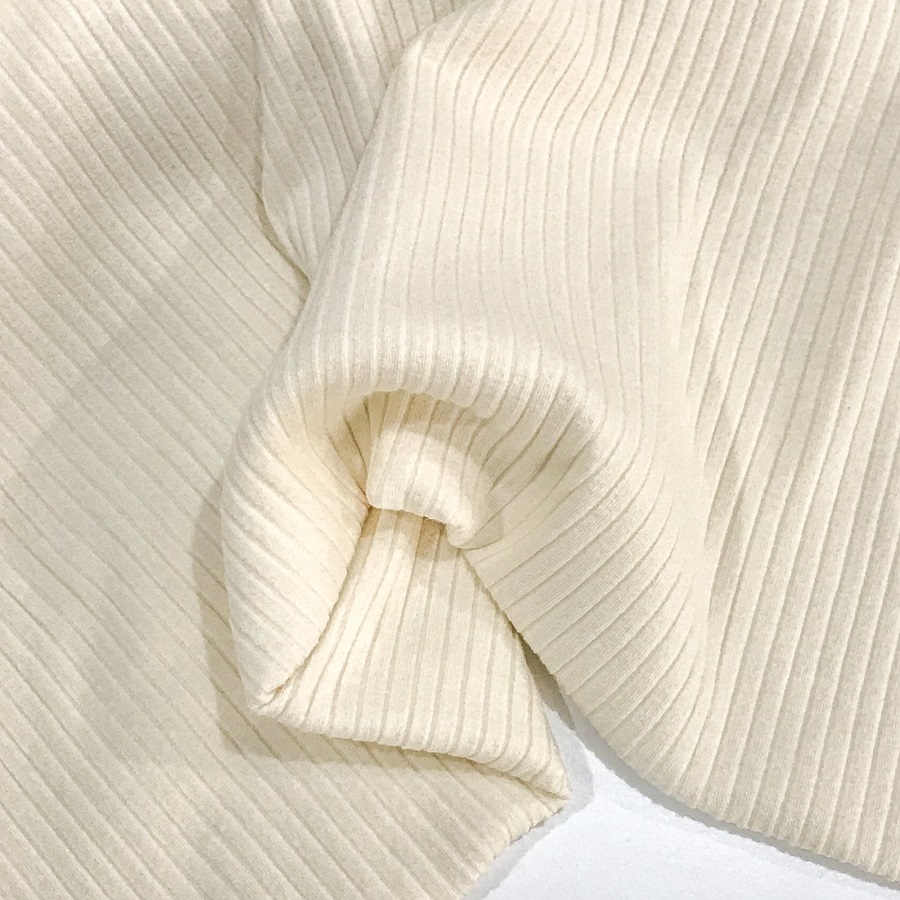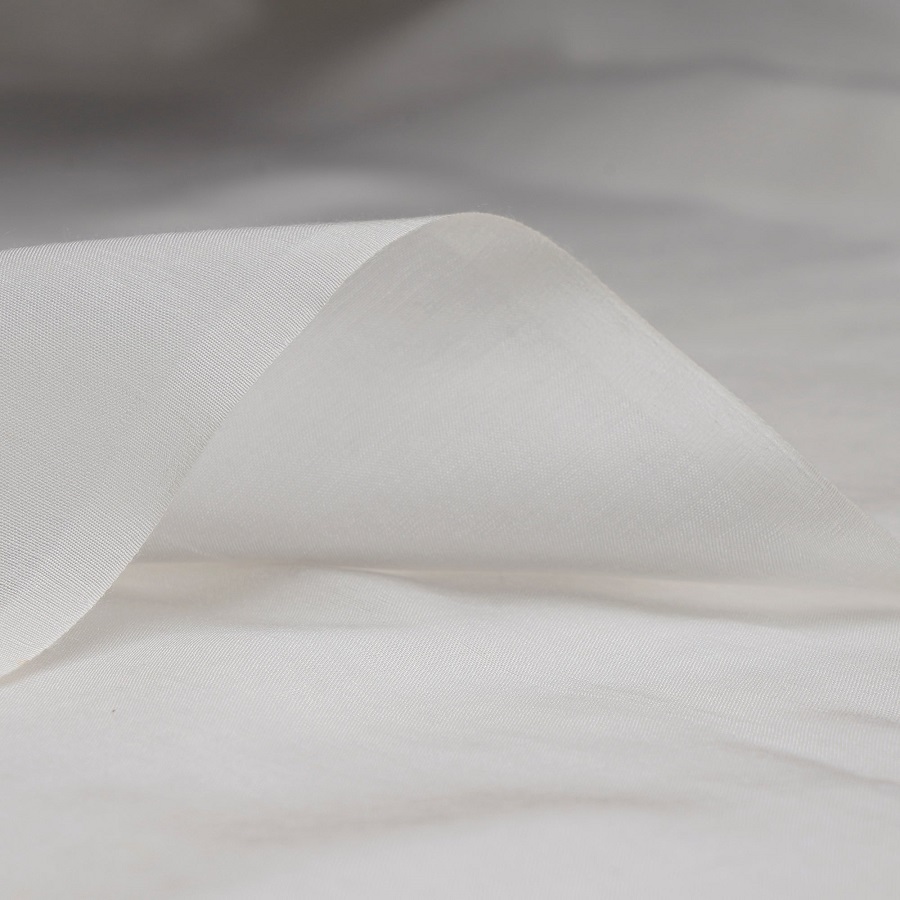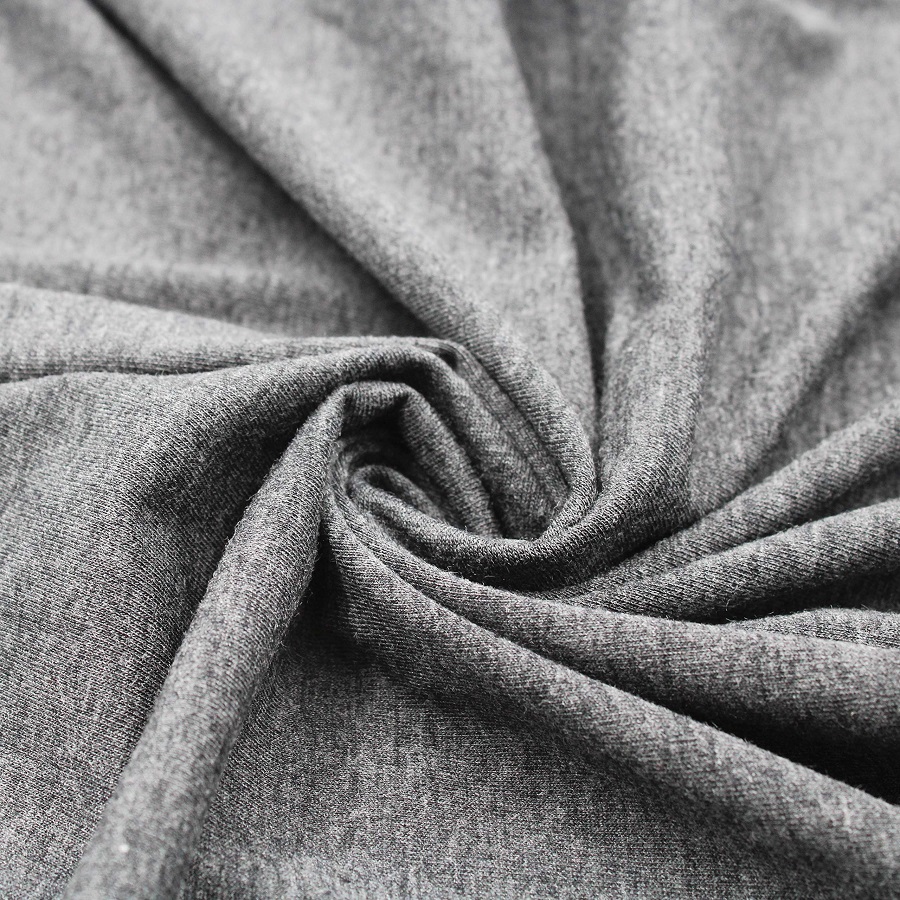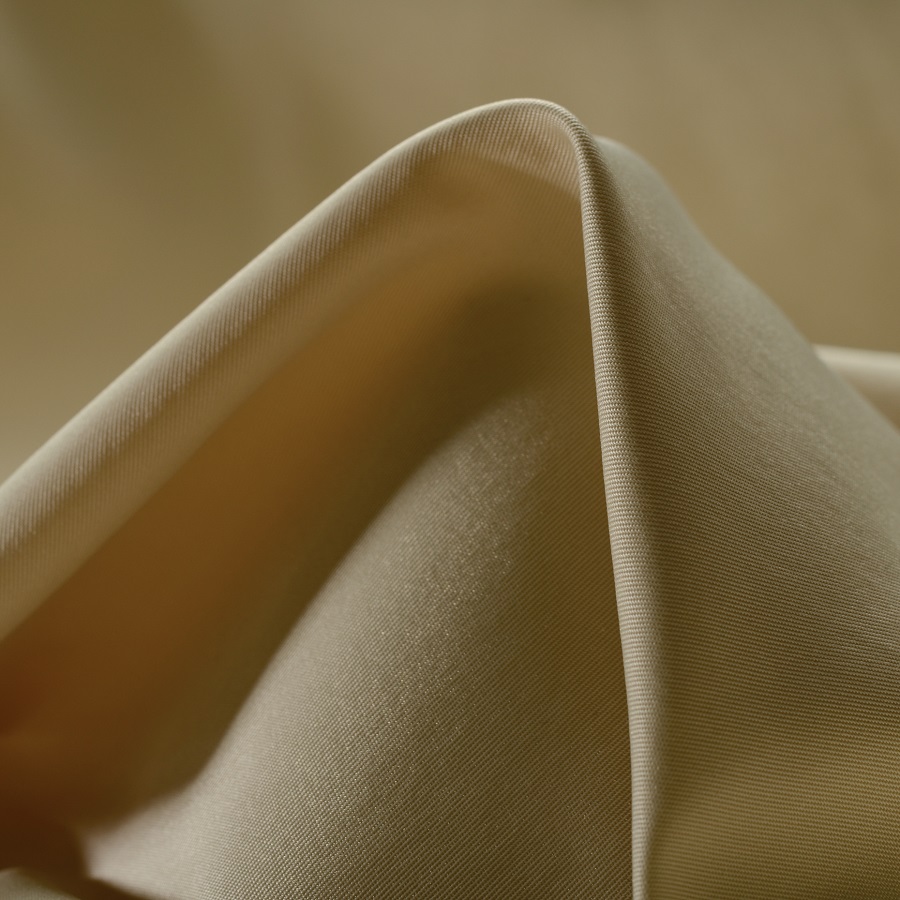Introduction to Modal Fabric
Modal fabric, a bio-based textile made from beech tree pulp, has seen a rise in popularity due to its soft texture and eco-friendly attributes. This semi-synthetic fabric results from spinning reconstituted cellulose from the tree, being notably different from fully synthetic fabrics derived from petrochemicals. The production process of modal fabric involves a closed-loop procedure that recycles solvent, making it a more sustainable option than many other textiles.
Its softness is often compared to that of cotton, yet its resilience and ability to resist shrinkage stand out. Modal fabric is breathable and absorbs moisture efficiently, ensuring comfort for users even during hot weather conditions. Its versatility allows it to blend with other fibers like cotton, which enhances its texture and usability across various garment types.
As more consumers become aware of the environmental impacts of their choices, modal fabric offers an appealing alternative to traditional materials, providing both comfort and a reduced ecological footprint. It retains color vibrancy well, even after multiple washes, maintaining an aesthetic appeal alongside its practical benefits. This blend of characteristics positions modal fabric as a choice material for those seeking comfort, durability, and sustainability.

Introduction to Cotton
Cotton is a natural fiber that has clothed humanity for thousands of years. It comes from the fluffy bolls which surround the seeds of the cotton plants. This versatile material is known for its breathability, softness, and comfort. Unlike modal fabric, cotton is a completely organic material, with no chemical processes used in its transformation from plant to fiber.
Cotton’s natural qualities make it an ideal choice for a wide range of garments. It possesses high levels of absorbency, which makes it a go-to fabric for hot and humid climates. Cotton fibers can also be spun into different thicknesses, enabling a variety of textures from fine muslin to thick denim. It’s also hypoallergenic, making it suitable for sensitive skin.
Due to its wide usage, cotton cultivation has a significant impact on the environment which includes water consumption and pesticide use. However, organic cotton options are increasing in popularity as they offer a more sustainable choice, reducing the environmental footprint.
When it comes to care and maintenance, cotton is straightforward to handle. It can withstand high temperatures, making it suitable for machine washing and ironing. However, unlike modal fabric, cotton is prone to shrinkage and wrinkling, requiring more care to maintain its shape and look.
In summary, cotton’s strong points are its natural origin, comfort, and hypoallergenic properties. It is a staple in the textile industry, backed by centuries of use, proving its time-tested reliability. As we compare modal fabric vs cotton, each holds unique characteristics that cater to different needs and preferences in the realm of textiles.
Comparison of Texture and Comfort
The comparison of texture and comfort between modal fabric and cotton is central to understanding their appeal to consumers. Both have unique characteristics that make them favorites in different contexts.
Modal fabric is renowned for its silky smooth texture. This makes it an exceptionally comfortable choice for direct skin contact garments like underwear and bed sheets. Because of its moisture-wicking properties, it keeps wearers dry, contributing to a cool and pleasant feel against the skin. In terms of comfort, modal’s ability to stretch without losing shape ensures a good fit and ease of movement.
On the other hand, cotton’s texture is naturally soft and gentle, making it widely chosen for clothing intended for sensitive skin, including baby clothes and face masks. It provides that classic, comfortable feeling that is often associated with freshly laundered cotton sheets and t-shirts. However, cotton may not have the same smooth glide against the skin as modal and can absorb moisture, which may lead to a damp feeling in humid conditions.
Texture and comfort also involve the ability of the fabric to breathe. Here, both fabrics perform well, with cotton leading slightly due to its all-natural composition. Nevertheless, modal offers a lighter feel, which can be particularly enjoyable in warm climates and during active pursuits.
In brief, when it comes to comfort and texture, modal fabric offers a more luxurious feel, while cotton hits the mark with its classic, cozy comfort. Choosing between the two depends on personal preferences and the specific situation in which the fabric will be used.
Durability and Maintenance
When looking at durability, modal fabric shows impressive resilience. It can withstand many washes without losing its shape or smoothness. This strength means modal items last longer, providing value over time. Modal’s ability to resist pilling also adds to its durability. Clothes stay looking new for longer periods.
For maintenance, modal fabric requires some attention. It prefers cooler washing temperatures and gentle detergents. Also, it’s best to avoid using high heat when drying, as this could damage the fibers. But with proper care, modal garments keep their luxurious feel.
Cotton, while strong, tends to wear with time. Frequent washing may result in fading colors and a weakened structure. This can lead to a shorter lifespan for some cotton garments. Yet, cotton’s natural fibers are simpler to care for overall. They can handle hot water and high drying temperatures, making routine cleaning easy. Heavy-duty cotton like denim is particularly robust.
However, cotton does shrink and wrinkle easily. This means more time ironing and ensuring you use the right wash settings. But many people are happy to take these steps for cotton’s natural comfort and breathability.
In choosing between modal fabric vs cotton for durability and maintenance, consider your lifestyle. If you dislike ironing and prefer longer-lasting garments, modal might be the material for you. If you prioritize easy wash-and-go care, cotton could be more suitable. Each fabric offers benefits that meet different needs in daily wear and care.

Environmental Impact
Discussing the environmental impact of modal fabric vs cotton is crucial for eco-conscious consumers. Both fabrics have diverse effects on our planet.
Modal fabric boasts a sustainable advantage. Its production uses less water and fewer chemicals compared to traditional textiles. The closed-loop process in modal fabric production minimizes waste and pollutant release. This makes modal fabric appealing to those prioritizing sustainability.
However, modal fabric comes from beech trees, implying that deforestation could be a concern. It is vital to source modal from manufacturers who adopt responsible and sustainable forestry practices.
Cotton, on the other hand, is a natural fiber. It has been popular for centuries. Yet, it’s not without environmental issues. Cotton farming is water-intensive. It often requires substantial amounts of pesticides and fertilizers. These chemicals can harm local ecosystems and wildlife.
Organic cotton presents a greener option. It eliminates the use of harmful chemicals, reducing the environmental burden. Though more sustainable, organic cotton still demands high water usage.
In summary, both modal fabric and cotton have environmental drawbacks and benefits. The choice often depends on the specific practices of the manufacturers and the type of cotton or modal fabric used. Responsible sourcing and choosing certified sustainable options can mitigate some of these environmental impacts.
Cost Differences
When considering modal fabric vs cotton, cost is a key factor for consumers. Modal fabric tends to be more expensive than cotton due to its production process. The advanced technology and chemicals required to turn beech tree pulp into fabric add to the cost. Additionally, modal is often marketed as a premium product, which can also inflate the price.
Cotton is generally more affordable and widely available. Its long history and widespread cultivation have made it a budget-friendly option. However, prices for cotton can vary based on quality. Organic cotton, for example, is usually pricier than conventional cotton because it’s grown without harmful pesticides and requires more labor.
It’s also worth noting that the durability of modal may contribute to cost savings over time. While the initial purchase may be higher, the need for replacement is less frequent. Cotton’s tendency to wear out more quickly can lead to higher costs over the long term, with more frequent purchases.
Thus, while modal fabric may have a higher initial cost, its longevity can provide value for money. On the other hand, cotton’s lower price point makes it more accessible, though long-term costs could be greater due to its lesser durability.
Ideal Uses for Modal Fabric
Modal fabric, with its silky texture and resilience, shines in various applications. It is perfect for clothing that rests close to the skin. For instance, it is widely used in underwear and nightwear. Its smoothness ensures comfort throughout the night or during daily wear under clothes. Modal is also ideal for activewear. Its moisture-wicking properties keep the body cool and dry, ideal for workout sessions or any active pursuits.
Beyond clothing, modal fabric is excellent for home textiles like bed linens and towels. Its ability to retain color and texture after multiple washes benefits these frequently washed items. Modal’s luxurious feel makes it a premium choice for bedding, enhancing the comfort and aesthetic of any bedroom.
In summary, modal fabric’s applications are broad. Its unique properties make it suited for garments and items that require direct and prolonged skin contact, need moisture management, or where comfort and durability are prioritized.

Ideal Uses for Cotton
Cotton, with its natural comfort, is ideal for many uses. Its softness and hypoallergenic qualities make it a top choice for clothing that directly touches the skin. Think of baby clothing, sensitive skin products, and everyday basics like t-shirts and underwear. Cotton is the go-to for these due to its gentle touch.
Bedding also benefits from cotton’s qualities. It’s the standard for most bed linens, giving that crisp, fresh feeling that many love. Additionally, cotton’s breathability keeps sleepers cool throughout the night.
Cotton’s absorbency is perfect for bath towels and washcloths. They get softer with each wash and are strong enough for daily use. Home décor items, like curtains and throw pillows, also often feature cotton for its texture and durability.
In craft and design, cotton fabric is user-friendly. Its ease of dyeing and printing makes it great for custom designs. Quilters and hobbyists favor cotton for its workability and the vast array of patterns available.
For outdoor activities, cotton’s breathability is a blessing. Lightweight cotton garments are preferred for summer wear and in humid climates. However, for intense activities where perspiration is high, alternatives may be needed.
In summary, cotton’s ideal uses span from clothing for all ages to linens and home textiles. It’s chosen for its classic comfort, ease of care, and versatility in design and use. When considering modal fabric vs cotton, think of cotton for its timeless appeal and wide-ranging applications.









